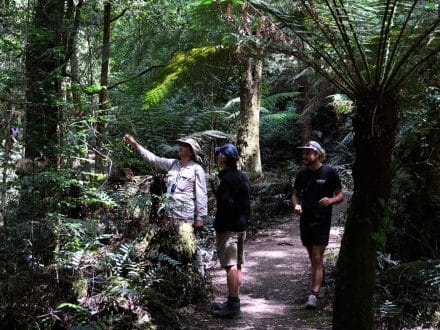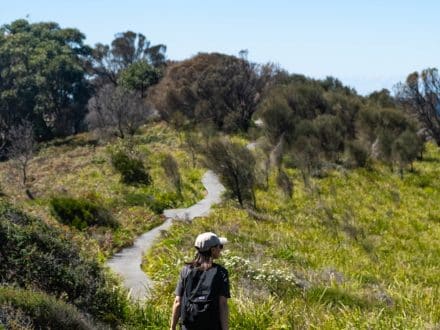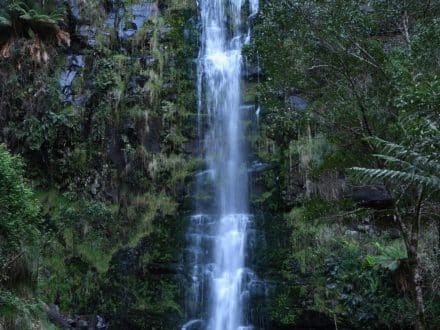A four-day journey on Maria Island will fill walkers with wonder and excitement.
Landing at Shoal Bay after crossing Mercury Passage on a misty and moody morning, anticipation was high amongst our eclectic group of 10 and two formidable guides. Little did we know that the revelations each day would exceed our boldest expectations.
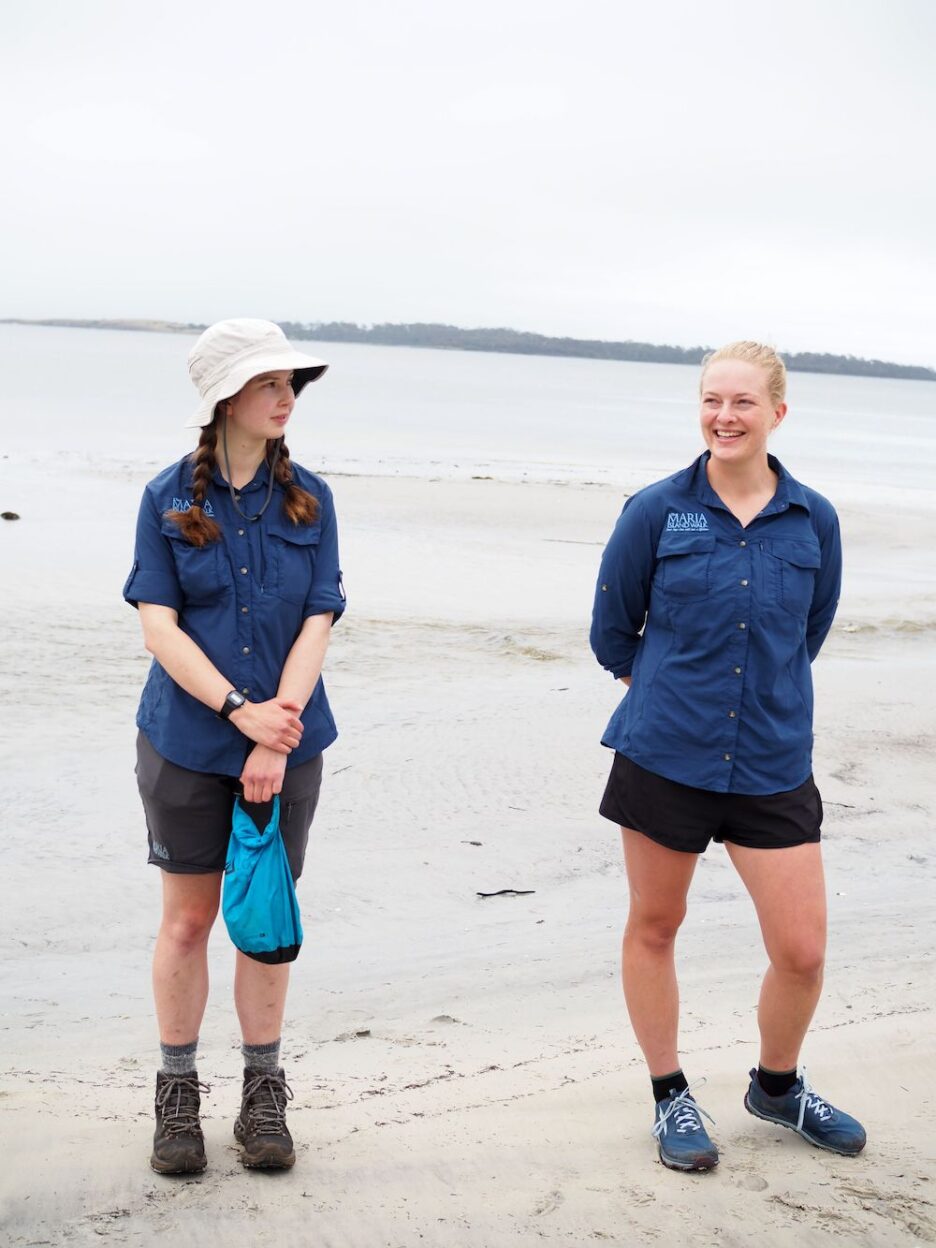
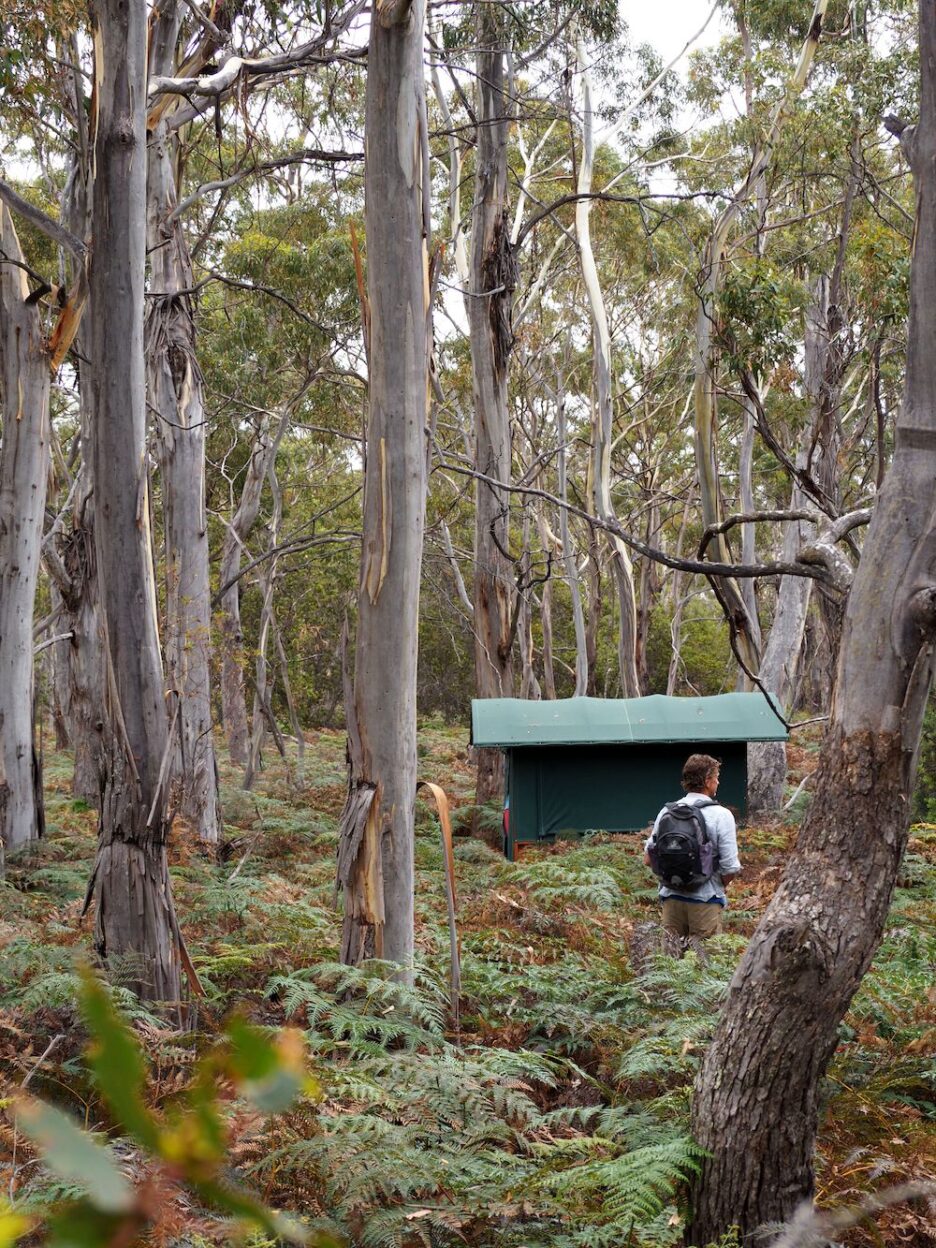
The Shoal Bay arrival at Stinking Creek is very significant. It’s the location of Nicolas Baudin’s first landing on Maria Island in February 1802, during the expedition commissioned by Napoleon for the explicit purpose of “observation and research relating to geography and natural history”. Baudin’s inquisitive savants from the era of French Enlightenment documented and sketched in detail their contact over 10 days with the local Puthikwilayti (Oyster Bay) people. Within 20 years, they were gone from the island with the arrival of marauding whalers and sealers.I’d hoped to do an overnight walk, to better experience this almost-mythical wilderness sprawling across north-west Tasmania. Searching the online bushwalking forums, I reluctantly concluded that one doesn’t exist; unless I’m prepared to ford freezing rivers and go ‘off-track’. I settle on two day walks; climbing Mount Murchison and then Montezuma Falls, with a night at the Tullah Lakeside Lodge in the middle.
Trekking north along Shoal Bay, there is a short isthmus crossing to Riedle Bay on the Tasman Sea. We turned south and soon veered off through a gap in the dunes to Camp 1, tucked in amongst banksia and manna gum woodland. From this serene setting, there is the option for an afternoon hike to the mysterious Robey Farm or a more arduous push to Haunted Bay with its striking granite monoliths.
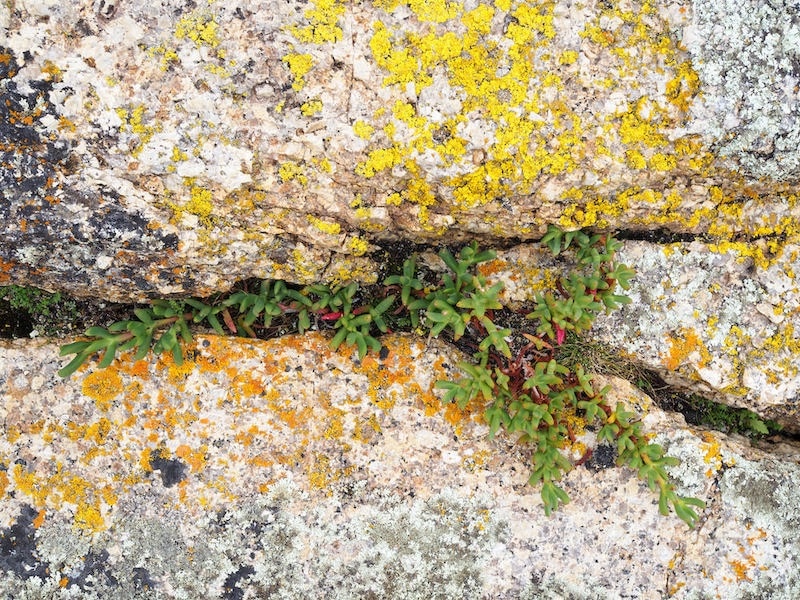
Each morning proved to be one of wonder and excitement, like recalling waking on Christmas Day as a kid. Pre-dawn on day two, an orange full moon sank through the scrub. Sunrise revealed a sparkling ocean with a lazy groundswell generated by a distant cyclone off Fiji. Baudin, the cartographer, naturalist and hydrographer, noted the huge kelp in Riedle Bay which hindered his ships’ progress, leading him to posit that the seaweed mass was crucial in the formation of the isthmus.
After a bodysurf, we left the blindingly white beach and aquamarine sea and crossed the strip of dunes to Booming Bay. Lunch was at Bloodstone Point, a jutting headland of ironstone and red ochre used the Puthikwilayti for ceremonial purposes.
Post prandial plunge, we followed the bay north with only hooded plover and oystercatchers for company. Day two camp is hidden in the scrub behind Four Mile Beach. The cleverly-designed demountable camp is set amongst an open aviary with birds calling and responding. After a 13-kilometre day, five beaches and as many swims, this bucolic setting was extremely welcome.Just before dark, I emerge from the rainforest. The walk had taken three hours to reach the summit and two to descend. I decide two things – Mount Murchison must be one of Tassie’s best day walks and it is definitely time for a beer and a pub meal!
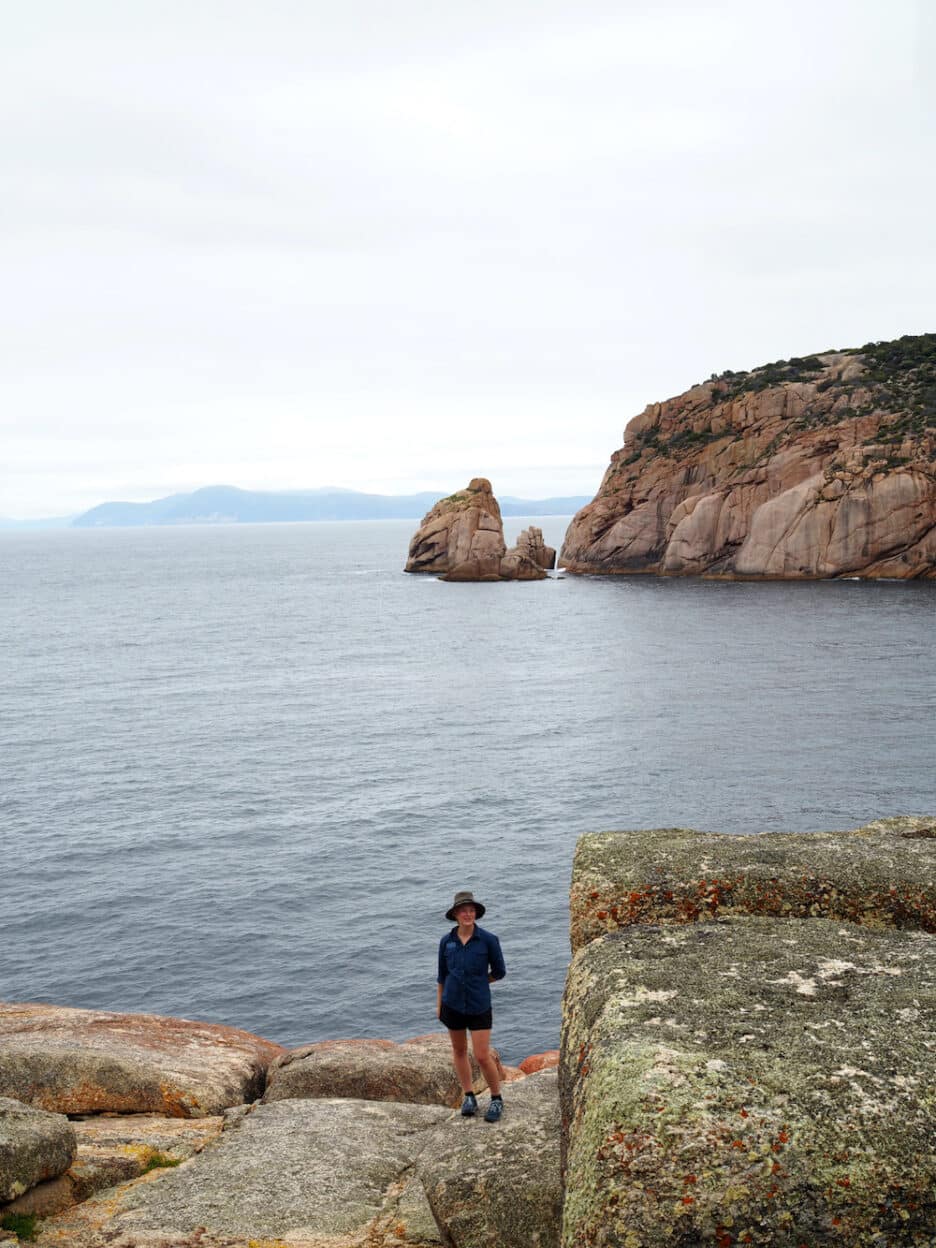
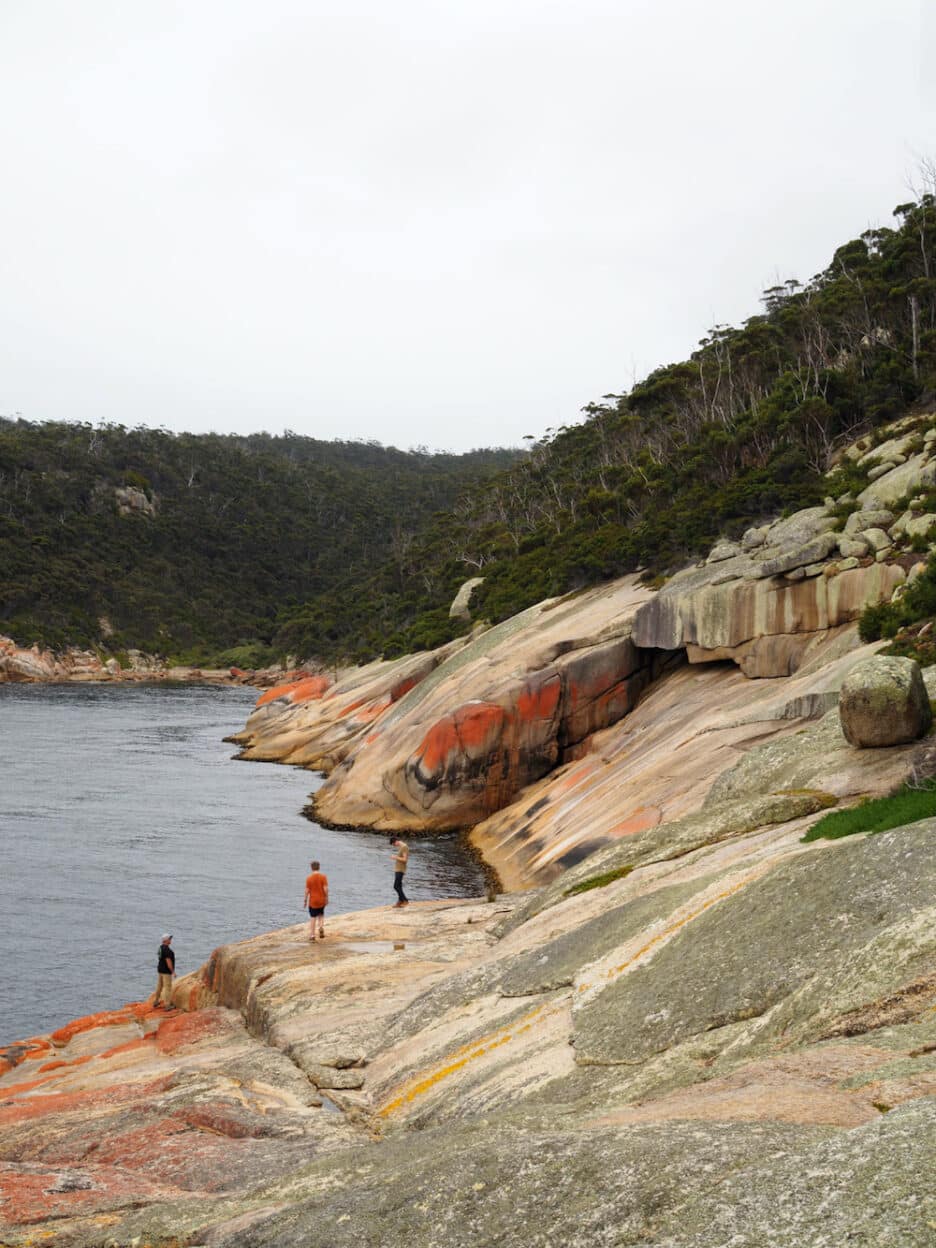
Day three again delivered a constitutional dip before wading the creek and heading north through open woodland to the former convict prison of Darlington. After the penal settlement closed, the area boomed several decades later thanks to the ambition of Diego Bernacchi to build a thriving village based on lime production, agriculture and tourism.
From the hills above Darlington Bay, Schouten Island and the Freycinet Peninsula rise from a shimmering Oyster Bay. Behind the town, the towering columns of Bishop and Clerk stand like sentinels. Grabbing daypacks and lunch, we headed off via the dramatic cliffs of Fossil Bay. The path leaves remnant farmland and winds up past giant eucalypts before opening up at a steep scree. Higher up, large dolerite blocks need to be negotiated before reaching the final stomach-turning ledges with the ocean some 600 metres below and the distant offing creating a vertiginous spin.
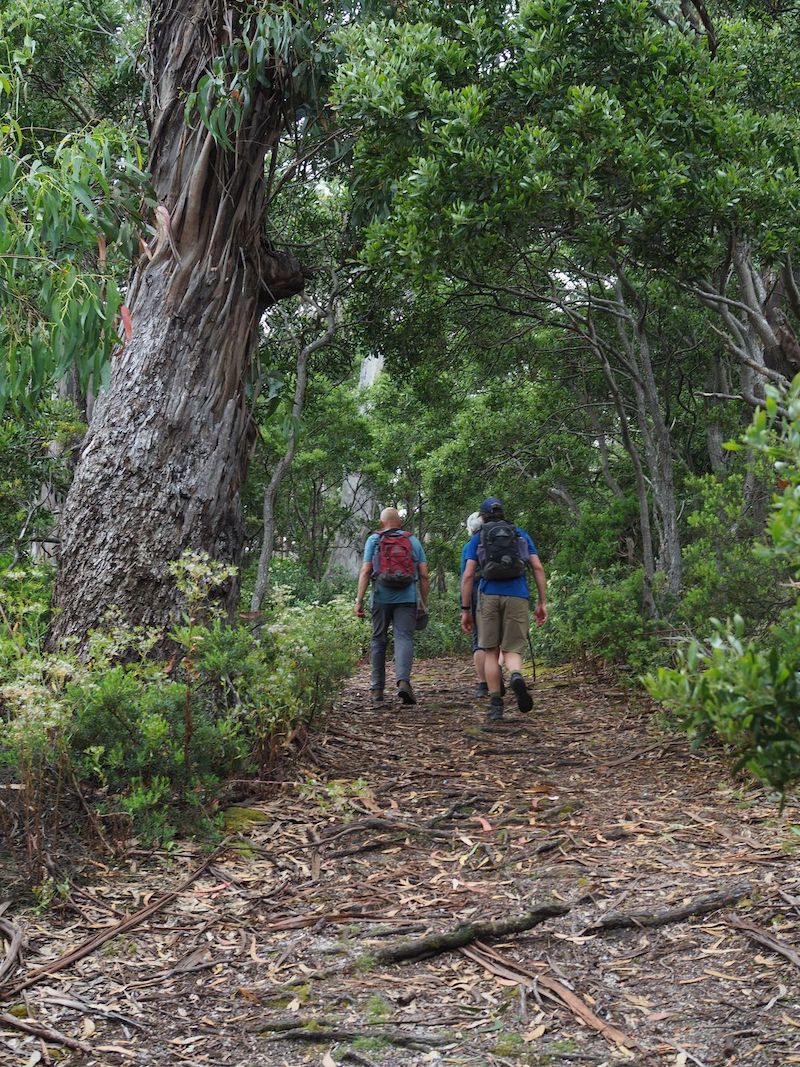
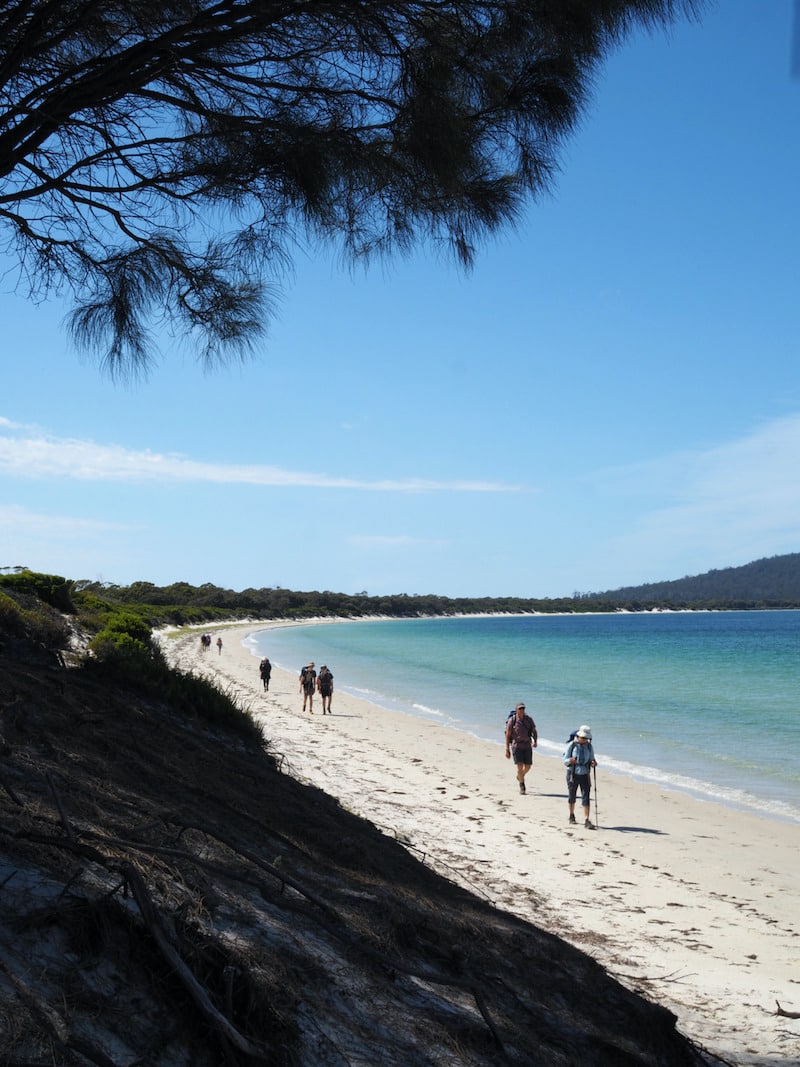
The third night at Bernacchi’s House is a treat, with a lavish three-course meal prepared and served by our multi-talented guides. This former home is enticing for an extended stay with its drawing room comprising of an extensive library, piano and chess set, and view west across Darlington Bay to the ranges of Tasmania’s East Coast – a pity the transfer boat did not break down.
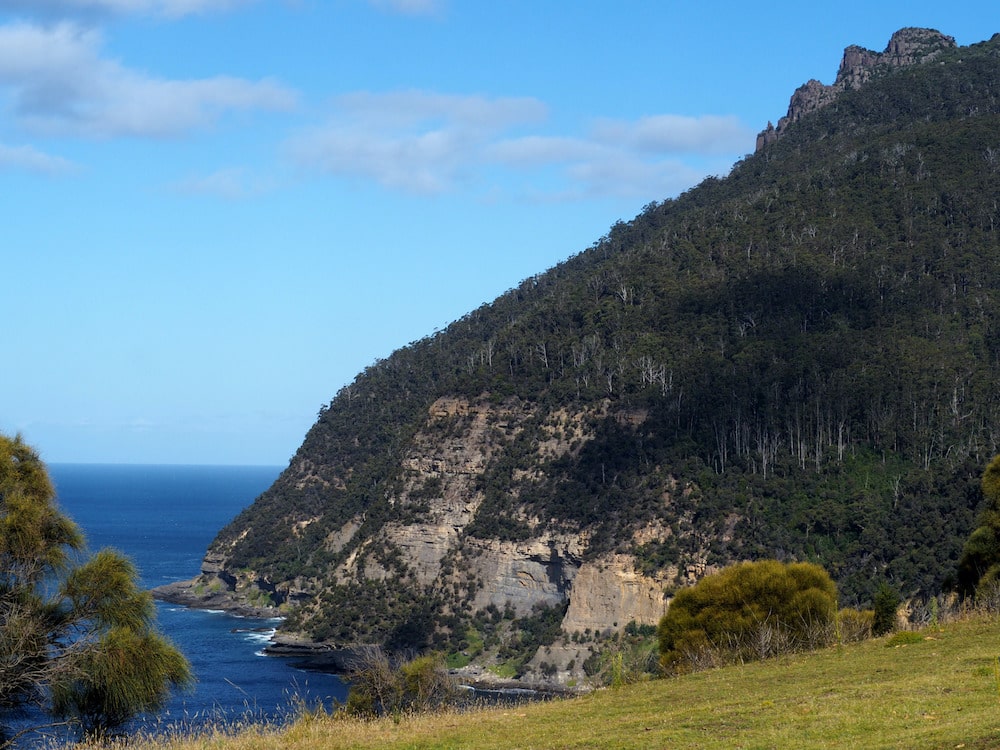
There is an opportunity for one last swim and then we are whisked away from the jetty and across the Mercury Passage as this island of revelations and enlightenment recedes in our wake.
